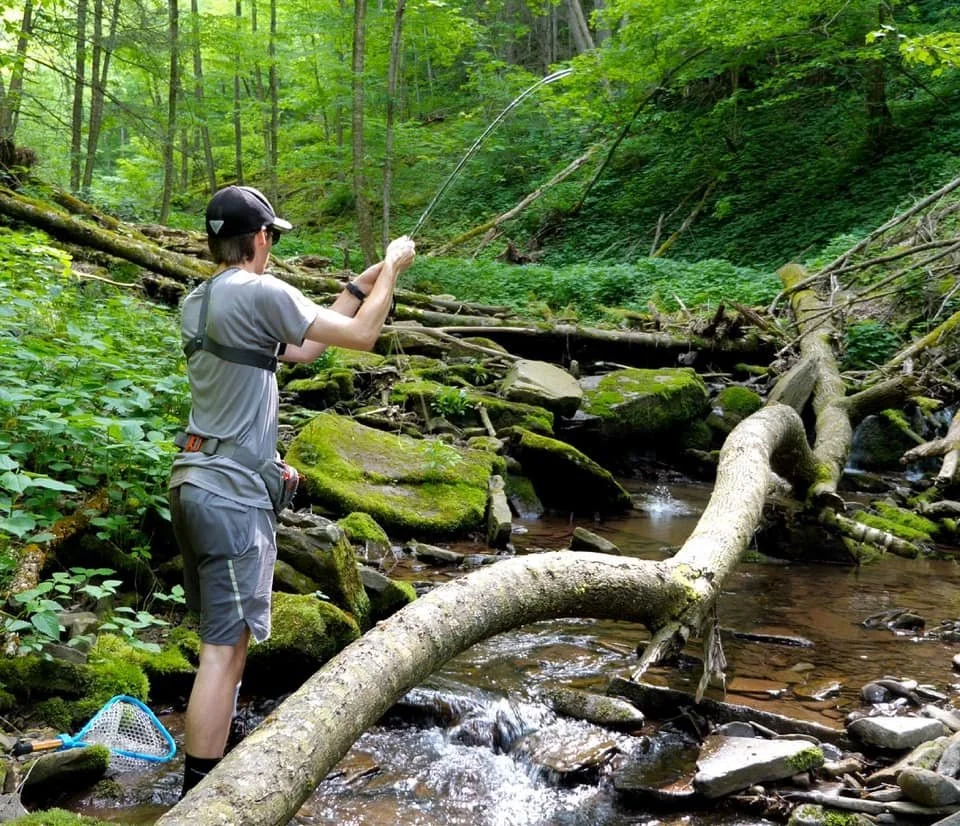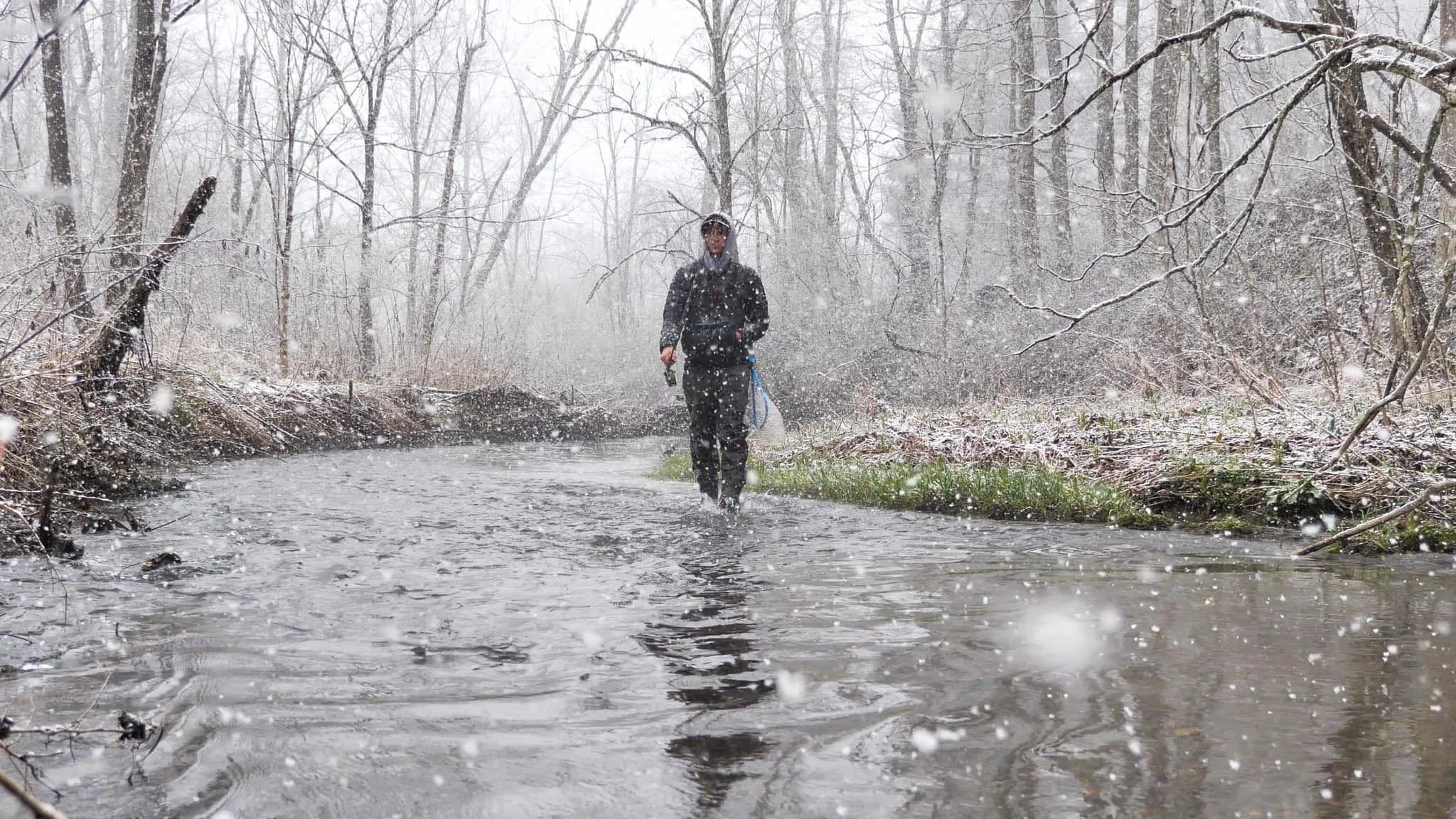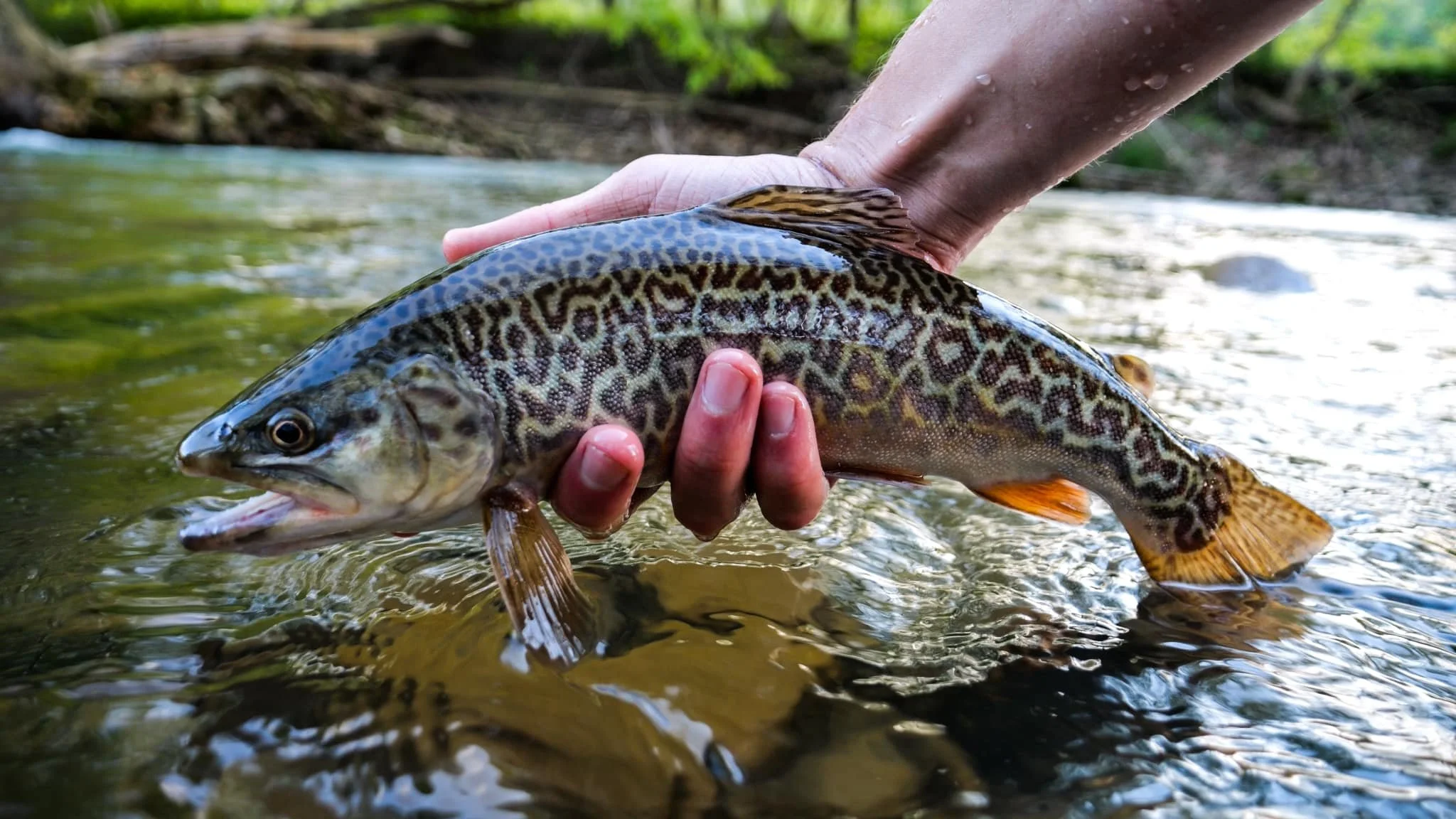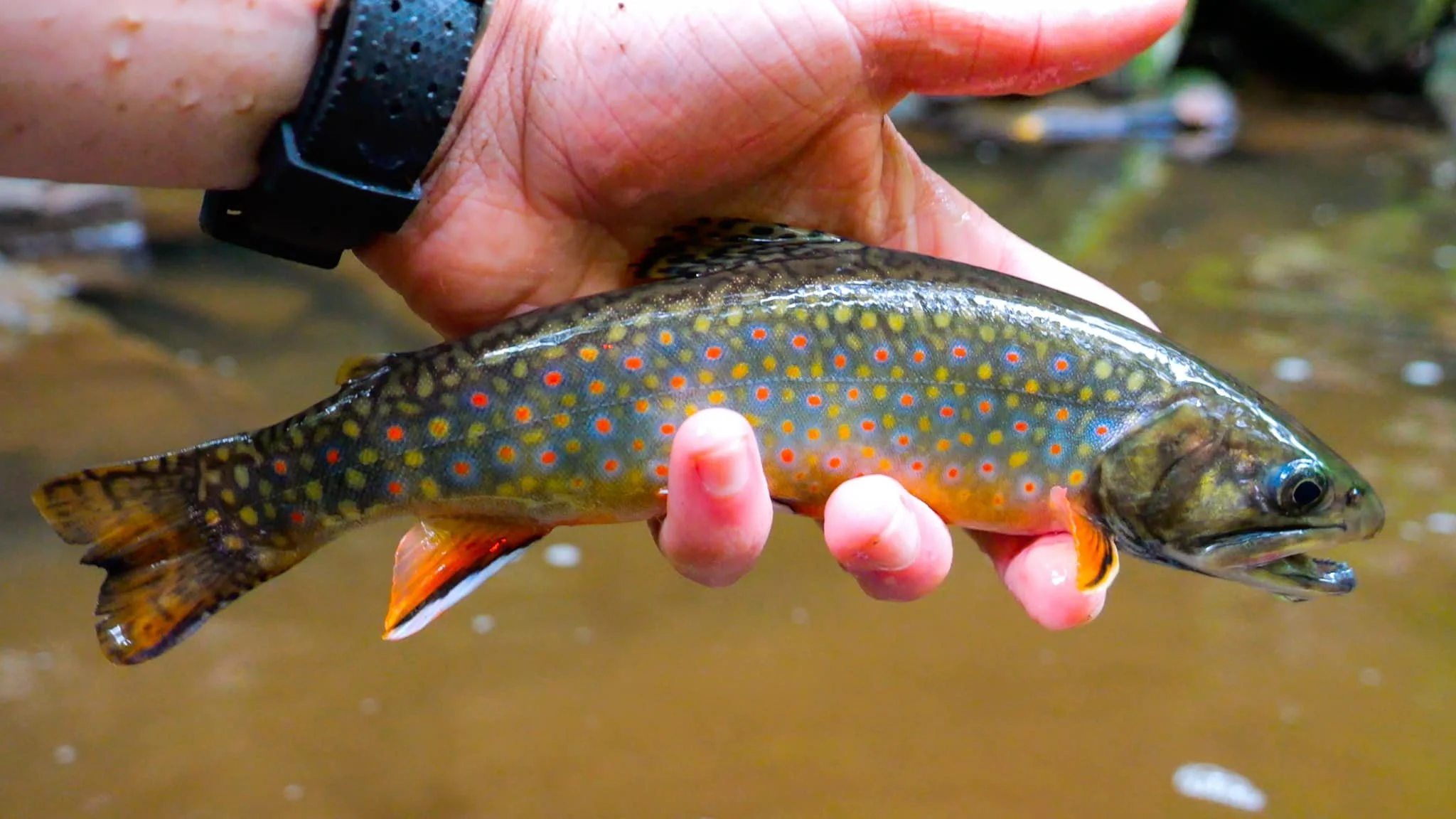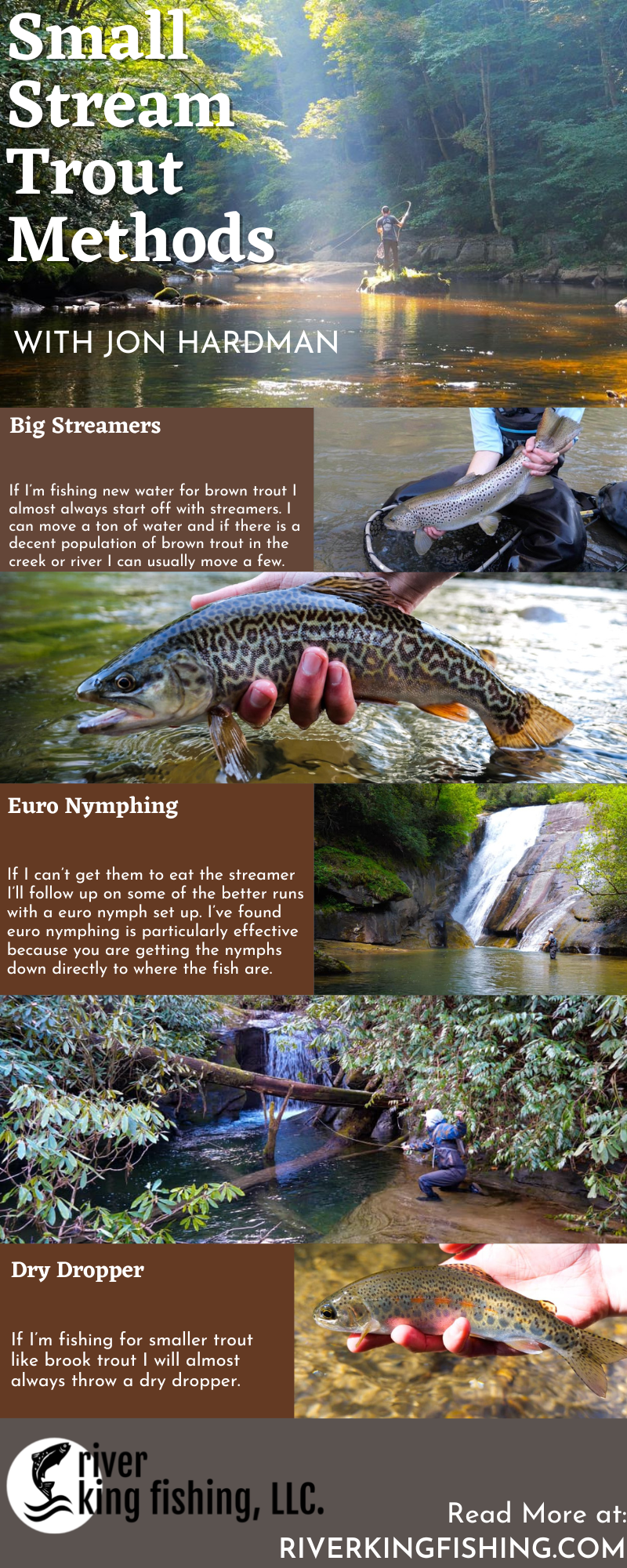Fly fishing methods for small stream wild and native trout
Disclaimer: This website uses affiliate links, meaning: at no additional cost to you, we earn a small commission if you click-through and make a purchase. As an Amazon Associate I earn from qualifying purchases. We only feature products that we believe in and use ourselves. Your support means the world to us and allows us to host this website. Thank you!
We all know trout do not live in ugly places. While the digital age has brought about many great advancements that benefit fly anglers, spot burn would not be one of them. Especially in parts of the country like Texas or Colorado that have seen a significant influx of immigrated fly anglers plus post-Covid travelers in recent years, much new pressure is being placed on well-known waterways.
So where do trout anglers begin to find the really good stuff away from the crowds? The overlooked waters that most fisherman either won’t work hard enough to get to or simply don’t know how to find are where anglers like Jon Hardman does his best catching and recording of course. His YouTube channel is a favorite of mine and so finely captures the ethos of this blog: pursuing overlooked fish in overlooked locations you can own the water like a king.
Jon appears to have hiked countless miles in the remote wilderness to find these sweetheart spots that are otherworldly. These secluded, off the beaten path creeks and streams are where most of us fantasize about releasing that golden hour native catch. Or perhaps where that perfect dry fly take happens.
This video above is pretty much the most perfect example of that possible by the way. Watching Jon’s channel with my usual curiosity at work, I wanted to know how he locates these gems (plus I wanted to share some of these wild brookie, bow, and brown trout pics that are absolute show-stoppers), so I asked him the following questions any serious fly angler would be wise to pay attention to the answers of.
Can you tell us about about yourself?
My name is Jonathan Hardman and I have a YouTube channel with close to 50,000 subscribers where my brother and I fly fish for trout across the US. I work full time for the WV Department of Environmental Protection as a stormwater inspector. So I protect the very water I fish as my day job.
How do you find trout fly fishing spots ?
Identifying overlooked spots is part of the reason I’m so successful when fishing for wild brown trout and native brook trout. Most states have some sort of data where you can find reproducing trout waters, and if your state doesn’t have a great list there are websites like Eastern Brook Trout Joint Venture available for example.
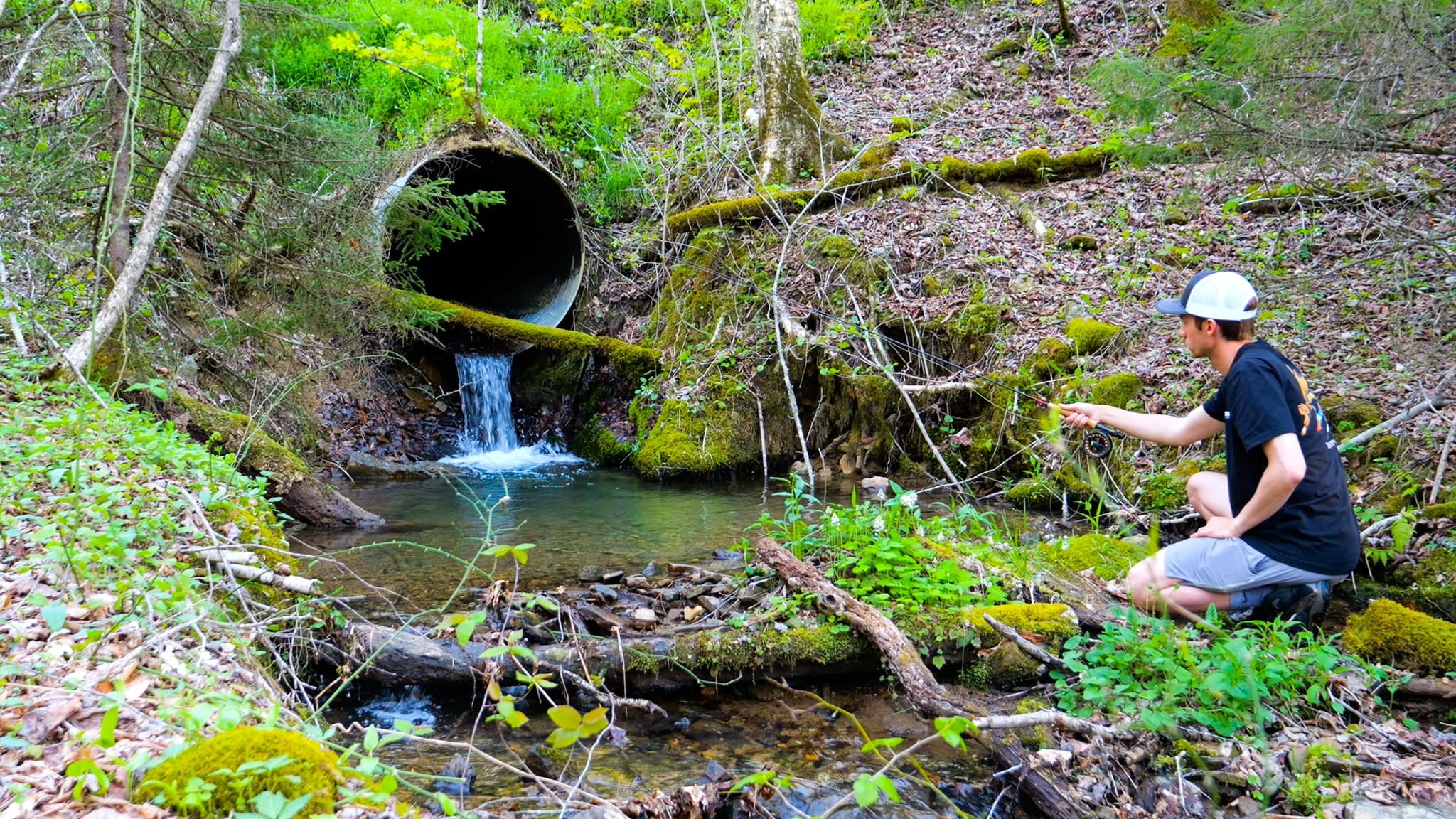

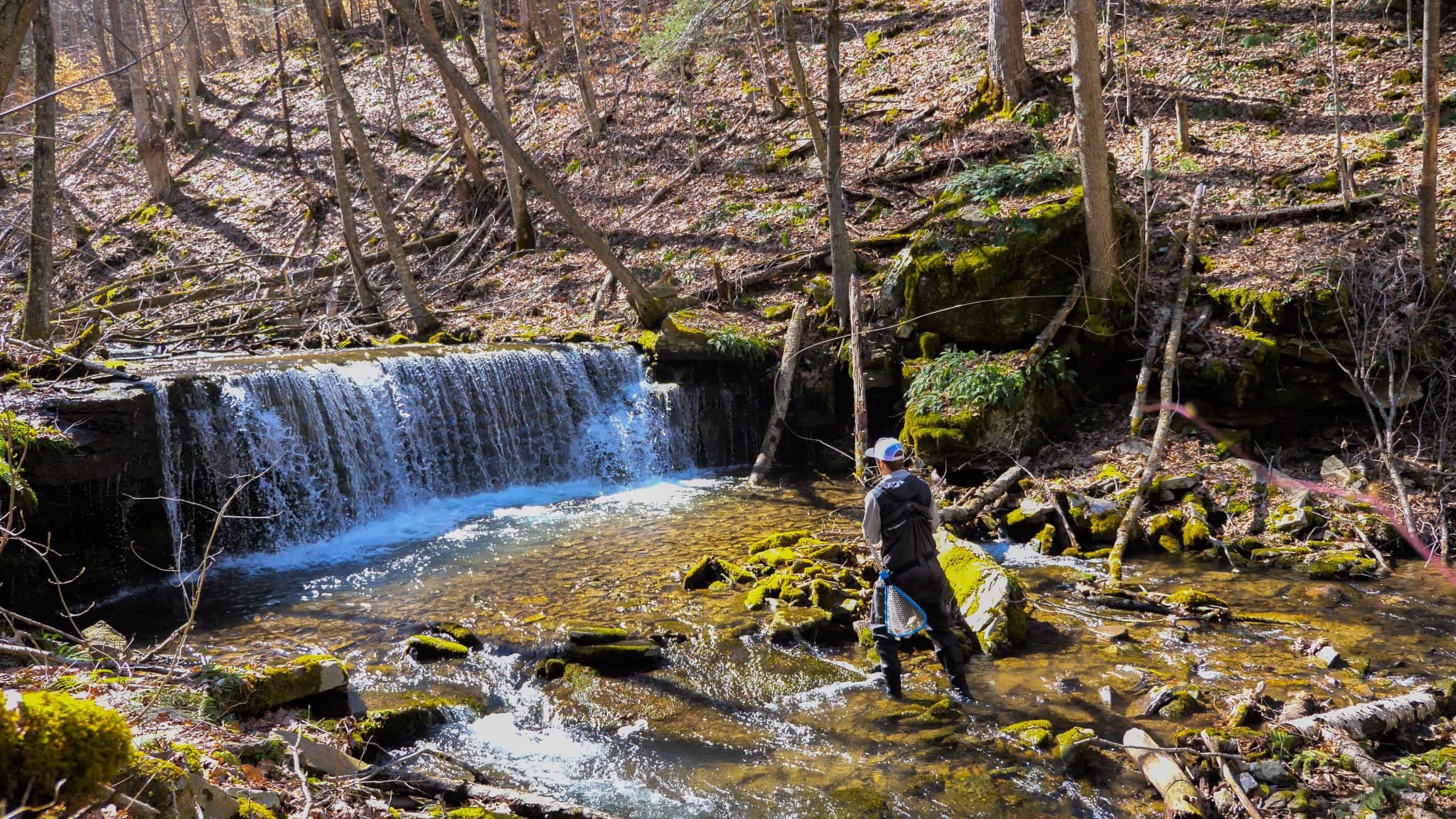
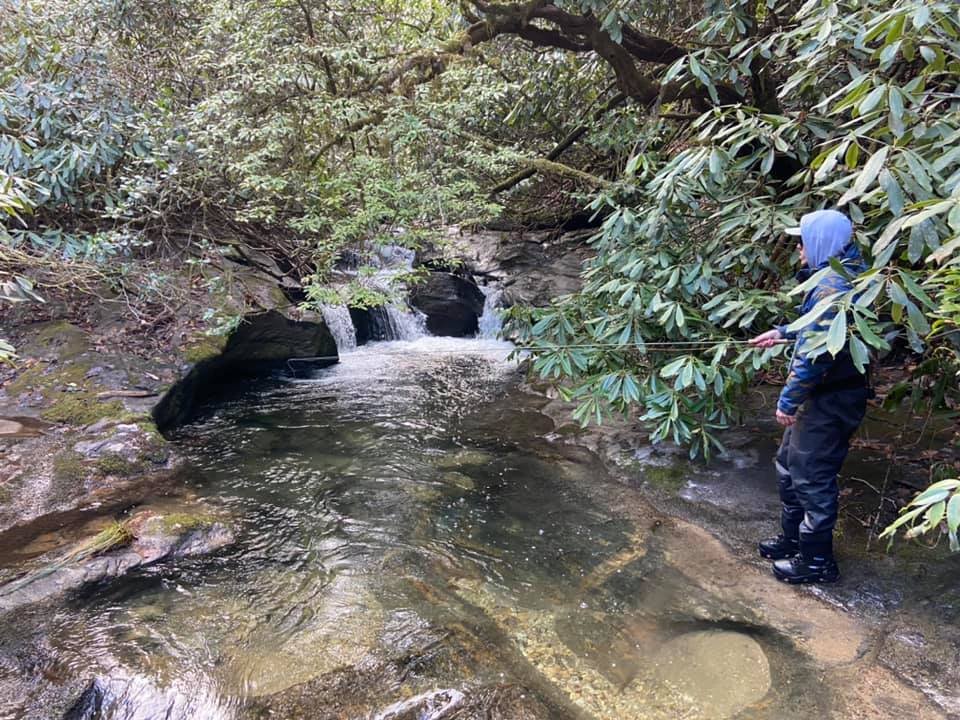
These are usually good starting points, but a lot of times the best fishing isn’t on a list. If you can identify drainages with good numbers of wild fish then it is a good idea to start looking at tributaries. Typically tributaries are overlooked and often receive less pressure. Once you find a tributary that has good fishing you can start looking at other tributaries in the area. In the Appalachians we call this “Blue Lining” because we are essentially following the blue lines on a map.
How do you catch wild and/or native small stream trout?
My top 3 methods for catching trout in my area are throwing streamers, euro nymphing, and using a dry dropper. If I’m fishing new water for brown trout I almost always start off with streamers. I can move a ton of water and if there is a decent population of brown trout in the creek or river I can usually move a few. If I can’t get them to eat the streamer I’ll follow up on some of the better runs with a euro nymph set up.
I’ve found euro nymphing is particularly effective because you are getting the nymphs down directly to where the fish are. Even a brown trout that isn’t entirely active will eat a nymph if all it has to do is open its mouth. If I’m fishing for smaller trout like brook trout I will almost always throw a dry dropper.
For my streamer rod I currently run a 6 wt with floating streamer line from Cortland. I use a floating line because I have more control over the head position of the streamer.
I’m also rarely fishing large enough water for depth to really be an issue, and if it is I will throw a streamer with a little bit of weight to it.
My favorite streamer to fish in this situation is usually the sex dungeon. My leader is usually between 3-5 feet long and is always flourocarbon. I don’t usually go below 3x, and typically I go with 1 or 2x tippet. I’ll even use a regular fishing line on occasion because thin line diameter isn’t really as much of a factor in this style of fishing.
For my euro rod I keep it simple. I have a 10 foot 3 wt rod with euro nymph mono core line from Cortland. I then attach around 15 feet of 15 pound maxima chameleon line, which then runs to a sighter (a piece of brightly colored line used as an indicator of sorts). From the sighter I go straight to my tippet which varies based on water clarity and what size fish I think I’m going to be catching. A short selection of flies for this approach might include stoneflies, hare’s ear, or prince nymph patterns.
For my dry dropper set up (and remember this is for very small creeks) I throw a 8’4” 3 wt rod which I’ve found is perfect for the size of water I fish. I currently run the cortland ultralight fly line which tends to spook less fish on those low water days in the mountains. I’m usually just running store bought leaders which are anywhere from 4x down to 6x. A size 14 Elk Hair Caddis with a size 16-18 Pheasant Tail are some choice selections.
Again, nothing too fancy because it’s not necessary. You can make fly fishing as difficult or as easy as you want to. I choose to keep it simple and focus on figuring out the fish and finding new areas to fish. The more time I spend on the water fishing the more I’ll learn regardless of what technique I choose.
A great catch can reside in a variety of places, not just these idyllic mountain streams or alpine lakes but also in your local subdivision lake, farm pond, river system, or urban creek. We hope by sharing examples of anglers like Jon and others who embrace an open mind and an adventurous angling spirit will renew the wonder and discovery that is fly fishing for all of our readers. You’ll find solitude, gain new skills, and garner yet more appreciation for nature by fly fishing overlooked locations and overlooked species to own the water like a king.



